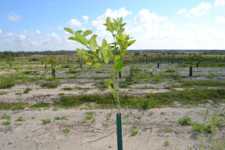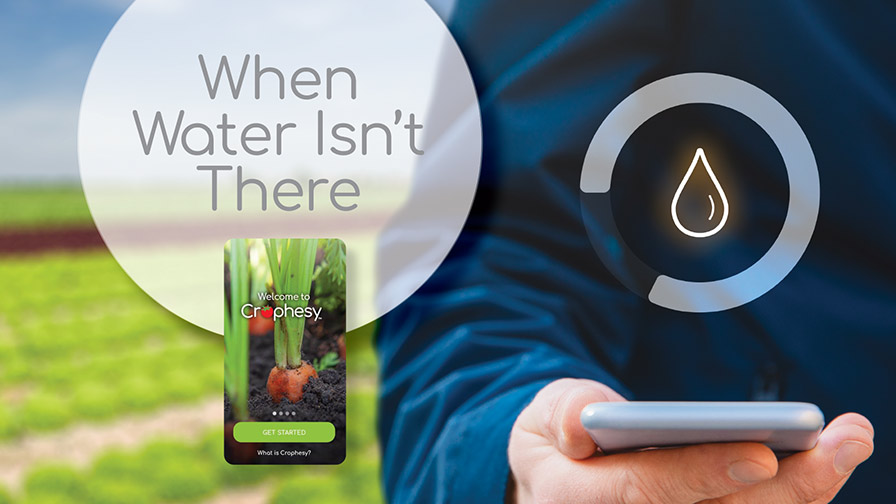Study Shows Long-Range Threat Of HLB To Florida Citrus

The Florida Department of Citrus (FDOC) has released a long-range study of production and consumption trends that paints a precarious picture of the state’s signature crop. The study, “Florida Citrus Production Projections and Consumption Scenarios 2014-15 Through 2022-23,” gave best and worst case outcomes heading into the future.
Even the best case scenario shows a decline in citrus production because of the persistent trend of tree mortality rates exceeding tree planting rates. The study also noted that high on-tree prices can be achieved in the short-run. But over time these, prices threaten the relevance and economic impact of the industry. Long-run sustainability will only be achieved through new tree plantings and modest market growth.
New tree plantings are at historically low levels at about 50% of replacement for lost orange trees. Given this trend, FDOC predicted outcomes based on tree replacements. Those categories include low/base replanting (50% replacement), medium planting (75% replacement), and high planting (125% replacement). In addition, categories for low, medium, and high tree losses were considered for each replacement scenario. (see chart below; click on it for larger image)
Considering these factors, the study’s best case scenario for production was 136.5 million boxes by the 2022-2023. The worst case outcome (high tree loss with low replacements) put production at only 82.2 million boxes by 2022-2023. Using the same considerations, grapefruit’s best case production would be 17.4 million boxes and worst case registers only 10.5 million boxes. These findings show the stark impact that HLB could have on production and growers’ confidence in replanting,
Consumption Trends Shifting
The study also projected consumption trends over time. It recognizes that concentrated orange juice (RECON) is losing market volume and share, while not-from-concentrate (NFC) is gaining both volume and share. The price of RECON is trending downward, while NFC is trending upward. Since Florida growers are the primary supplier of the domestic NFC market, it stands to benefit from this market trend. The report gives the ideal scenario which includes increased production and consumption. Under the ideal outcome, U.S. orange juice consumption would grow to 1.020 billion gallons by 2022-2023. The processed on-tree revenue would rise to $1,519.
The Big Picture
The summary of FDOC’s study reveals that Florida’s citrus industry will need reduced tree mortality, increased tree plantings, and market growth if it is to remain on a sustainable path. Reduced mortality largely will be influenced by the industry’s ability to survive with HLB and the hope for future breakthroughs in research. Increased tree planting will require on-tree prices that are high enough to encourage investment, along with an expectation that trees will survive long enough to generate returns. Market growth will be driven by effective marketing efforts from FDOC and the individual brands to maintain and grow the market for Florida citrus.










